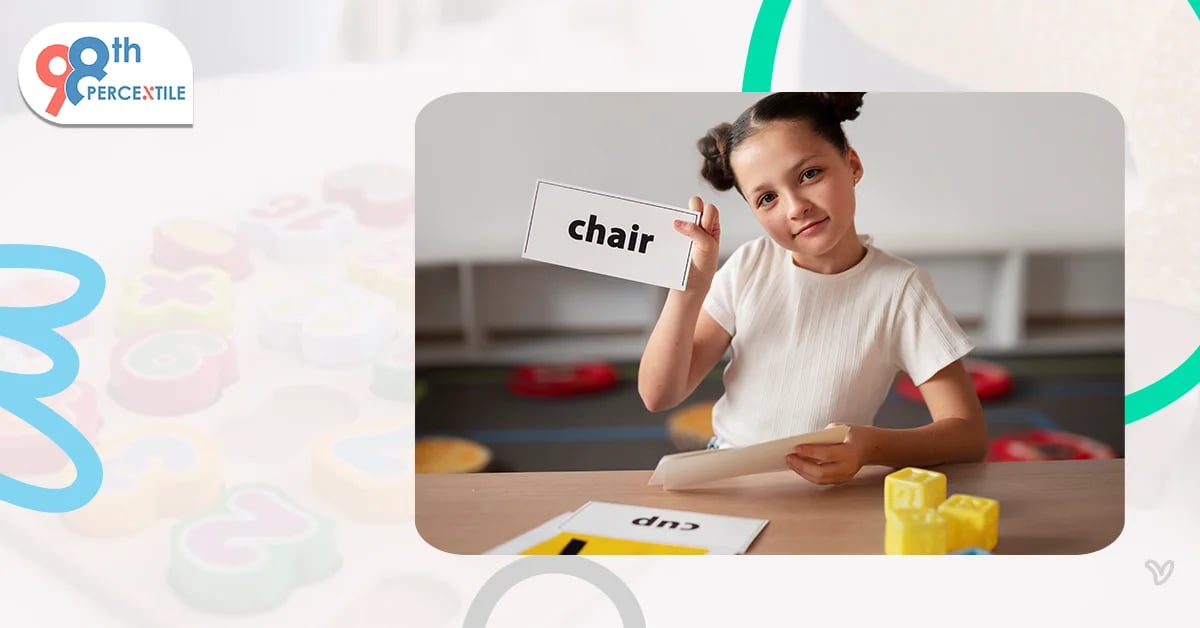A metaphor is a powerful linguistic device that aids in the understanding and communication of abstract concepts by drawing parallels between seemingly unrelated ideas or objects. Derived from the Greek word “metaphor,” which means “transfer” or “carry across,” a metaphor transfers the qualities of one thing to another, enhancing the reader’s or listener’s perception of the subject at hand.
Understanding metaphor requires grasping its fundamental nature as a figurative comparison tool that connects two seemingly unrelated entities to convey a deeper meaning. At its core, a metaphor operates on the principle of likening one thing to another, often by stating that one thing is another, often by stating that one thing is another, without using the comparative words “like” or “as” as similes do. This distinction is vital in differentiating metaphors from similes.
Understanding metaphor entails recognizing its capacity to forge meaningful connections between disparate concepts, thereby enriching language, stimulating imagination, and facilitating deeper insights into the human experience. Through metaphors, speakers and writers harness the power of analogy to elucidate complex ideas, evoke emotions, and provoke thought ultimately enhancing communication and fostering shared understanding.
Enhance Your Child's Verbal Abilities: Start Trial Now!
Types of Metaphors:
Metaphors come in various forms, each serving distinct purposes in language and communication. Understanding these types of metaphors enables us to appreciate their versatility and effectiveness in conveying meaning. Here’s a detailed exploration of the different types of metaphors:
- Conceptual Metaphors: Conceptual metaphors are pervasive in language and cognition, shaping our understanding of abstract concepts by mapping them onto concrete experiences. These metaphors are fundamental to how we conceptualize and reason about the world.
Conceptual metaphors often involve overarching themes such as time, space, relationships, and emotions. They provide rich imagery that aids in comprehension and facilitates communication.
- Visual Metaphors: Visual metaphors rely on imagery to convey meaning, evoking vivid mental pictures that enhance understanding and engagement. These metaphors draw parallels between visual elements and abstract concepts, making them particularly effective in visual arts, advertising, and design.
Visual metaphors appeal to the senses and evoke strong emotional responses, making them powerful tools for communication and expression.
- Dead Metaphors: Dead metaphors are figures of speech that have become so commonplace in language that their metaphorical nature is no longer apparent. These metaphors have been used so frequently that they are now accepted as literal language.
Dead metaphors often originate from analogies that were once vivid and imaginative but have since lost their figurative quality through overuse. Despite their literal interpretation, they retain traces of their metaphorical origins.
- Mixed Metaphors: Mixed metaphors occur when two or more incompatible metaphors are combined within the same expression, resulting in confusion or absurdity. These metaphors may arise unintentionally or as deliberate rhetorical devices.
Mixed metaphors highlighting the importance of coherence and consistency in language use, as well as the potential pitfalls of inadvertently blending disparate metaphors.
Functions of Metaphors
Metaphors serve various functions in language and communication:
- Clarification: They elucidate complex ideas by relating them to familiar experiences.
- Persuasion: Metaphors can influence attitudes and behaviours by appealing to emotions and values.
- Memorability: They enhance retention by creating vivid mental images that are easier to remember.
- Aesthetic Appeal: Metaphors add richness and depth to language, making it more engaging and enjoyable.
How to Use Metaphors Effectively:
To use metaphors effectively, consider the following tips:
- Choose Appropriate Metaphors: Select metaphors that resonate with your audience and effectively convey your intended message.
- Be clear and Concise: Ensure that your metaphors enhance understanding rather than obscure it. Avoid overly complex or convoluted comparisons.
- Provide Context: Contextualize your metaphors to facilitate comprehension and prevent misinterpretation.
- Use Sensory Language: Engage the senses through vivid imagery to make your metaphors impactful and memorable.
FAQ’s:
Q.1: How do I identify metaphors in literature or speech?
Ans: Look for phrases where one thing is described as another, without the use of comparative words. Metaphors often create vivid imagery or convey abstract concepts in concrete terms.
Q.2: Can metaphors be interpreted differently by different people?
Ans: Yes, metaphors can be interpreted subjectively based on individual experiences, cultural background, and personal associations. What one person sees as a metaphor for love, another may interpret differently.
Q.3: How can I use metaphors effectively in my writing or speech?
Ans: Choose metaphors that are relevant to your audience and context. Ensure they enhance understanding and add depth to your message without being overly complex or obscure.
Book 2-Week English Trial Classes Now!
Metaphor is a versatile linguistic tool that enriches communication by fostering deeper understanding and engagement. By harnessing the power of metaphor, speakers and writers can captivate audiences, convey complex ideas, and imbue language with creativity and depth. As such, mastering the art of metaphor can elevate one’s communication skills and enhance the effectiveness of interpersonal interactions.

 Students/Staff
Students/Staff Parents
Parents ElevatEd
ElevatEd




-Nov-18-2025-03-57-47-3267-AM.png?width=360&length=360&name=401x226%20(6)-Nov-18-2025-03-57-47-3267-AM.png)



-Jul-22-2025-03-16-52-8797-AM.png?width=360&length=360&name=401x226%20(6)-Jul-22-2025-03-16-52-8797-AM.png)






